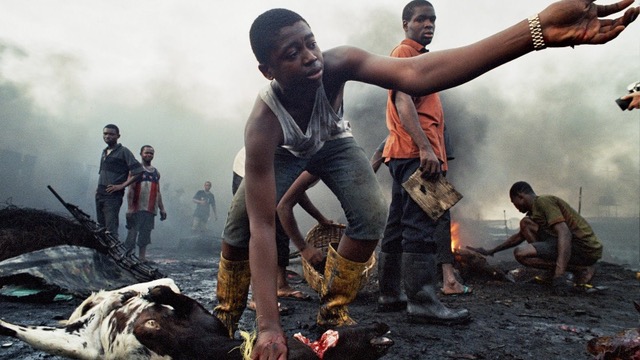First you’ll visualize the kind of film you want to make, and then you’ll be tempted to define it. Where does it fit within the myriad of sub-genres of the documentary form? There are environmental docs, investigative docs, celebrity docs, and social justice docs. There are docs about musicians, designers, and inventors. There are biographies and hagiographies. Docs about athletes and animals, money and mountain climbing. Concert docs, event docs, eco docs and hybrids.There are first-person films and films about politics. Observational ethnographies and observational anthropologies. Art films, experimental films, abstract and obtuse films.
Many of these categories come with a lot of built-in contingencies that dictate the equipment you will use, the size of your crew, the amount of money you’ll need, the time it will take to raise that money, shoot your material, sift through it, and edit it. Even your film festival and distribution options will depend on the style and approach you take.
In my book, Get Close: Lean Team Documentary Filmmaking, I write that “I always evaluate my idea based on the lean team documentary filmmaking, or LTDF, model. The first question I ask is, ‘Can I get close to my characters or subject matter?’ If the answer is no, then I don’t make the film.” If the answer is yes, then I ask another question: ‘What kind of film do I want to make?’” I always keep my goals as a lean team documentary filmmaker front and center when asking that question. If I can’t make my film as a one-person or two-person team, on a small budget, within a manageable time frame, and still earn money doing my other work, then I don’t begin the project.
In Get Close I offer examples of what kinds of films lend themselves to the LTDF approach, and I urge readers to explore less conventional ideas of doc filmmaking. “These films, sometimes called cinematic nonfiction, adopt more oblique approaches to subject matter and character. They are more concerned with impression and feeling, with immersion and ambiguity. They tell stories, but those stories might feel more like fables, and they may emerge organically from the images without explicit direction. These films are meant to engage, entertain, and even enlighten, but not always to educate.” Workingman’s Death, Circo, Approaching the Elephant, Uncertain, Quest, Three Sisters, Salesman; these are just a few of the films that, for me, serve as lean team models.
In Chapter Two:Eliminate Barriers and Plan Your Project, I take a step-by-step approach to helping you conceptualize, evaluate, and realize your film. I write about finding your story, visualizing your B-roll, dealing with logistics and locations, and managing your expectations about distribution and funding. Highlights of these steps will be featured in future installments of Lean Team Pro Tips.

